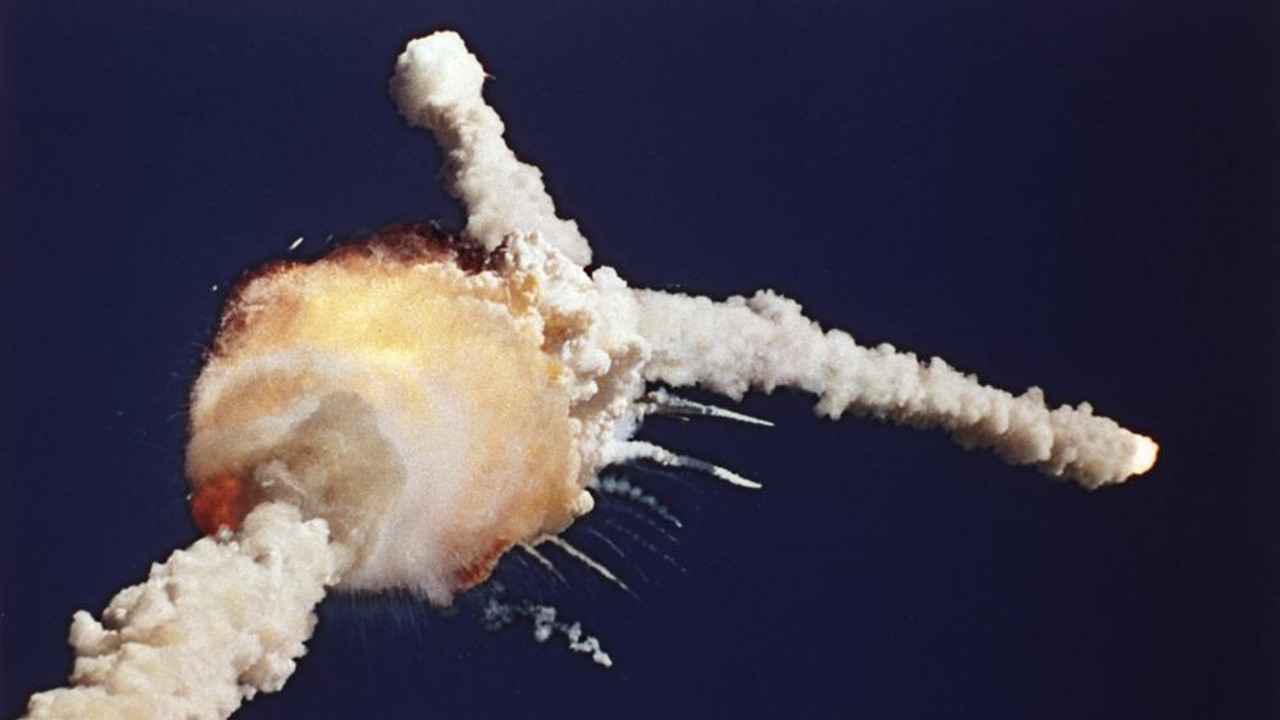Cape Canaveral: A large section of the destroyed space shuttle Challenger was discovered buried in sand at the bottom of the Atlantic, more than three decades after the tragedy that killed a schoolteacher and six others.
NASA’s Kennedy Space Center announced the discovery Thursday.
According to Michael Ciannilli, a NASA manager who confirmed the authenticity of the remnant, the discovery is one of the largest pieces of Challenger found in the decades since the accident, and the first remnant discovered since two fragments from the left wing washed ashore in 1996.

"My heart skipped a beat, I must say, and it brought me right back to 1986... and what we all went through as a nation," he said of seeing the underwater video footage.
Divers searching for World War II plane wreckage for a TV documentary discovered the piece in March. NASA confirmed a few months ago via video that the piece was part of the shuttle that broke apart shortly after liftoff on Jan. 28, 1986. All seven people on board were killed, including Christa McAuliffe, the first schoolteacher to travel into space.
According to Ciannilli, the underwater video provided "pretty clear and convincing evidence."
The piece measures more than 15 feet by 15 feet (4.5 metres by 4.5 metres); it is likely larger because a portion of it is covered in sand. The piece is thought to be from the shuttle's belly because it has square thermal tiles, according to Ciannilli.
As NASA determines the next step, the fragment remains on the ocean floor near the Florida coast near Cape Canaveral. It is still the property of the United States government. All seven Challenger crew members' families have been notified.
"We want to make sure that whatever we do is right for the crew's legacy," Ciannilli said.
Since the accident, approximately 118 tonnes (107 metric tonnes) of Challenger debris have been recovered. This accounts for approximately 47% of the total vehicle, including parts of the two solid-fuel boosters and the external fuel tank.
The majority of the recovered wreckage is still buried in missile silos at Cape Canaveral Space Force Station. A left-side shuttle panel on display at Kennedy Space Center's visitor complex, along with the charred cockpit window frame from shuttle Columbia, which broke apart over Texas during re-entry in 2003, killing seven astronauts, is an exception.

Columbia has recovered far less — 42 tonnes (38 metric tonnes), or 38% of the shuttle. The remains of the Columbia are kept in converted offices inside Kennedy's massive hangar.
Challenger was brought down by eroded O-ring seals in the right booster after being launched on an unusually cold morning. Columbia suffered a slashed left wing as a result of foam insulation breaking off the external fuel tank during takeoff. Mismanagement was also held responsible.
A History Channel documentary about the latest Challenger discovery will air on November 22.
-AP